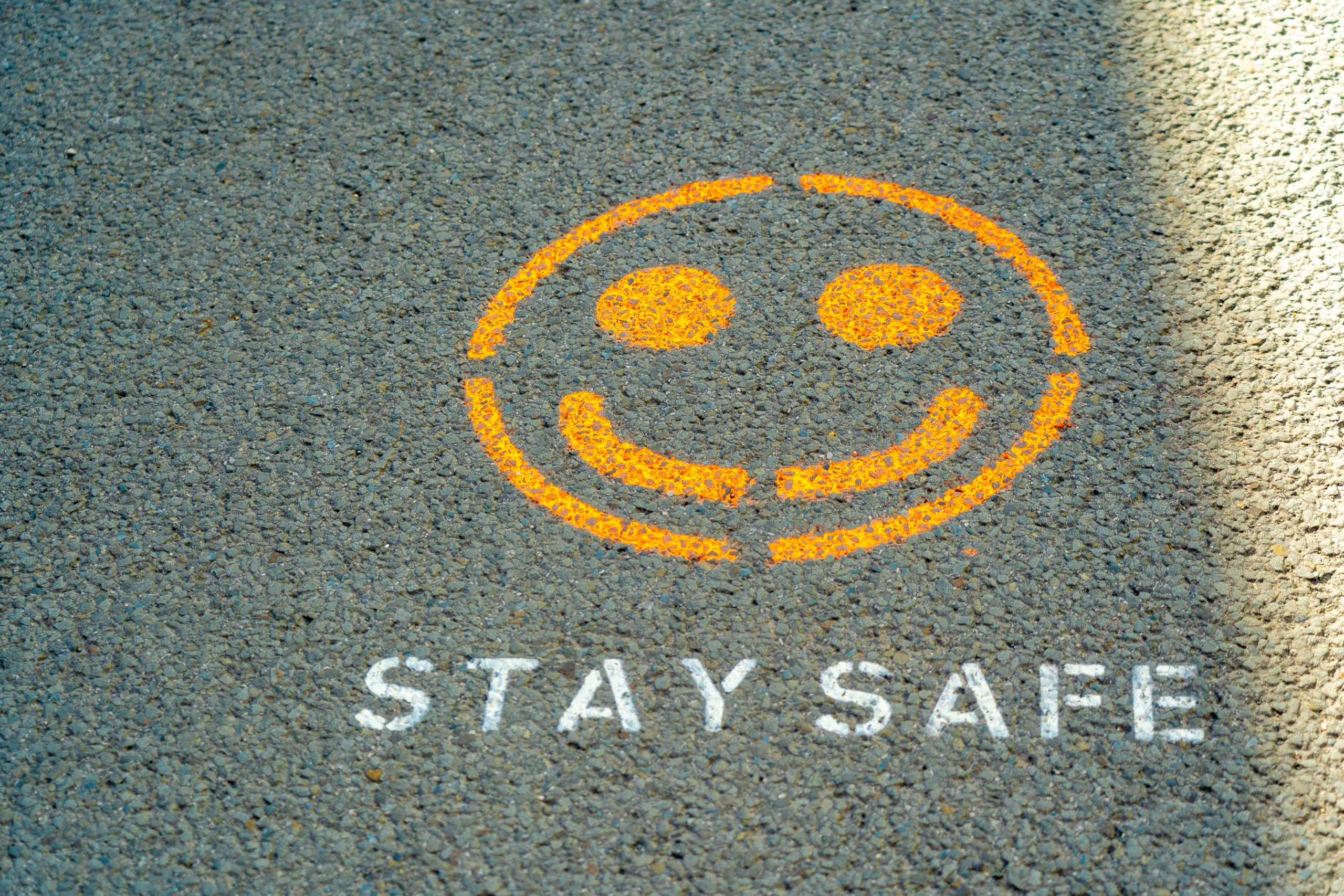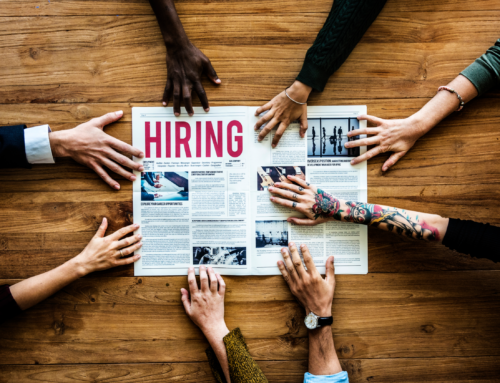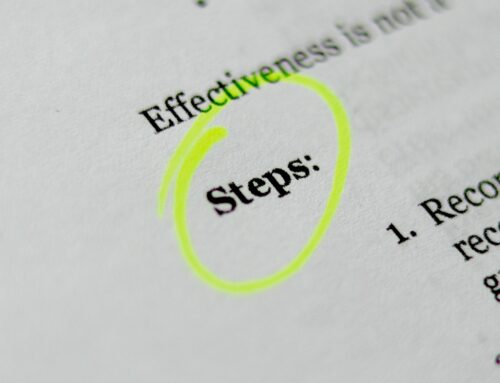Over the past several weeks and months, companies across the country have begun to allow workers back into the office and onto job sites. However, it is not business as usual. It is important to remember that the virus is still among us and that certain procedures need to be enforced to ensure the safety of your workforce.
The US Centers for Disease Control and Prevention (CDC) has released guidelines to help businesses decide when to reopen and how to do so as safely as possible. First and foremost, the CDC states that companies should not reopen their doors until they are able to answer “yes” to the following three questions.
1. Are you in a community that no longer requires significant mitigation (or restricting operations to designated essential critical workers)?
Many workers and job sites in the construction industry had been deemed “essential,” and continued progress over the past few months. However, different communities have seen spikes in new cases as other industries began to open up. The infection rate in your local area should be stable or continuing to decline.
2. Will you be able to limit non-essential employees to those from the local geographic area?
It is important to consider the individuals involved in your projects. Will a surveyor need to come from out of town? Is the client expecting an on-site visit? To limit the virus spreading from different geographic areas, make sure any outside contact can be done remotely – for example, by video chat. You should also be looking to hire locally for any open positions.
3. Do you have protective measures for employees at higher risk (e.g., teleworking, tasks that minimize contact)?
If someone does not need to be on-site, they should not be. This includes jobs that can otherwise be done remotely, as well as restricting employees that are at higher risk of infection, such as the elderly or those with preexisting conditions.
Even if you answered “yes” to all three of the above questions, the CDC still recommends that you take additional precautions for the foreseeable future. This includes enforcing further hygiene and sanitation practices, restricting the use of shared items, and encouraging telecommunication and social distancing whenever possible.
It is also important to continue monitoring your employees’ health. If someone shows signs of illness, they should absolutely stay at home and quarantine for the next two weeks. You need to have a flexible work policy that can accommodate this. Also, make sure that you conduct regular health checks and have an action plan in place in case one of your workers is diagnosed with COVID-19.
By keeping the above guidelines in mind, you will be able to reopen your business as safely as possible for all parties involved.
Photo by Nick Fewings on Unsplash









